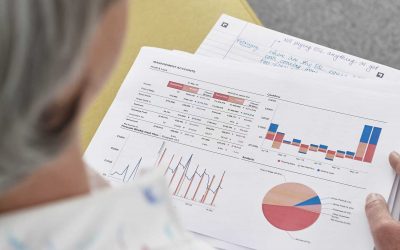AMZCO Construction specialises in building and maintaining anaerobic digestion plants. They work on a small number of complex, multi million pound projects meaning that it is vital that they have timely, reliable information to help keep control of the finances.
On these projects it is easy for costs to spiral out of control so accurate comparison of spend vs budget is essential. The directors couldn’t see how profitable different activities had been or compare actual performance to the detailed budgets drawn up prior to the build.
The accounting software they were using was complex difficult to maintain but it was not possible to change software immediately so some other solution had to be found. I worked with the admin team to make sure that the accounts were accurate and reliable. With good data we could then extract the detailed information required to show actual spend vs budget and explain the overall business performance.
Once pre-existing errors were corrected we were then able to migrate the accounting to QuickBooks at the start of the next financial year, making the bookkeeping much more efficient and the reporting easier and more accurate.
With clear and comprehensive reporting the directors could manage the business effectively. More importantly, information showing spend versus the original budget was vital information to improving pricing on future jobs.
Now we are continuing to work together so that they have access to the support they need as and when they need it.
Business manager Rachel said: “Susie created the reports we needed to keep track of the business and have control over our finances. She has been supportive and friendly, delivering QuickBooks training and designing new systems to suit our business. Knowing that she’s keeping an eye on the finances means we can get on with running the business.”
You can read more and download the case study here: Case Study: AMZCO Construction


